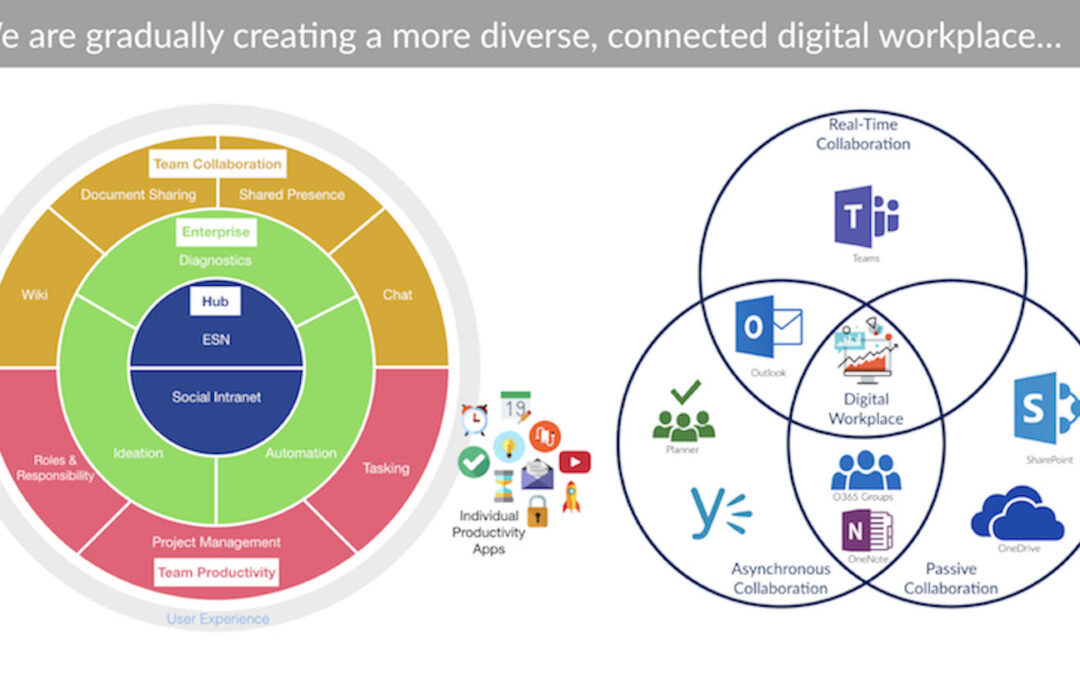Digital Hub: The Future of Connectivity and Collaboration

In today’s fast-paced world, businesses and individuals are increasingly seeking ways to stay connected, share ideas, and collaborate efficiently. The rise of the digital hub has revolutionized the way people interact and work, creating a centralized space where communication, file sharing, project management, and innovation can seamlessly occur. Whether you are a freelancer, a small business owner, or part of a multinational corporation, digital hubs are rapidly becoming essential tools for productivity and growth.
What Is a Digital Hub?
A digital hub is an integrated online platform that brings together multiple communication and collaboration tools in one place. Think of it as a virtual headquarters — a single space where you can message team members, share files, host video meetings, manage projects, and even integrate third-party applications.
This approach eliminates the inefficiencies of switching between multiple apps and platforms, allowing individuals and organizations to focus more on achieving their goals.
The Evolution of Connectivity
The concept of a digital hub isn’t new, but advancements in cloud computing, AI, and internet infrastructure have elevated it to new heights. Before digital hubs, collaboration often required physical meetings, long email chains, or multiple communication tools. Now, businesses can operate with global teams in real time, without delays or the risk of miscommunication.
The COVID-19 pandemic accelerated this transformation. Remote work became the norm, and companies realized that centralizing digital operations was crucial for maintaining productivity and employee engagement.
Key Benefits of a Digital Hub
- Centralized Communication
No more scattered emails or missed messages — everything happens in one unified platform, making it easier to keep track of important conversations. - Seamless Collaboration
Team members can work on documents, presentations, and spreadsheets simultaneously, no matter their location. - Improved Productivity
With all tools in one place, time spent switching between platforms is minimized, leading to greater efficiency. - Data Security
Reputable digital hubs use encryption, two-factor authentication, and advanced security measures to protect sensitive information. - Scalability
Whether your team grows from 5 to 500 members, digital hubs can easily adapt to your needs without requiring a full system overhaul.
Popular Features in Modern Digital Hubs
- Instant Messaging & Video Calls – Real-time communication keeps teams aligned.
- Project Management Boards – Visual tools like Kanban boards help track project progress.
- File Sharing & Storage – Centralized storage ensures everyone can access updated documents.
- Integration Capabilities – Connect with third-party tools like Google Workspace, Slack, or Trello.
- Analytics & Reporting – Track performance, project timelines, and engagement metrics.
Digital Hubs and the Rise of Remote Work
Remote work has shifted from a temporary solution to a permanent part of the modern workforce. With employees working from different time zones, communication can easily break down without the right systems in place.
Digital hubs solve this problem by creating a “virtual office” environment. Team members can check in, collaborate, and even have informal chats that foster team spirit. For example, platforms like digitalhub4geeks.com/ offer a wide range of tools tailored to tech professionals and entrepreneurs who need an efficient and secure space to work together.
The Role of AI in Digital Hubs
Artificial Intelligence is playing an increasing role in the evolution of digital hubs. AI-powered tools can:
- Automate repetitive tasks like scheduling meetings or sending reminders.
- Provide predictive analytics to forecast project delays or budget issues.
- Offer language translation for global teams.
- Enhance customer support through chatbots and self-service tools.
By leveraging AI, digital hubs are becoming smarter, reducing manual work, and enabling teams to focus on strategic goals.
Collaboration Beyond the Workplace
Digital hubs are not limited to businesses. Communities, educational institutions, and even hobbyist groups are using these platforms to connect. For example, programgeeks social allows tech enthusiasts to share projects, ask for feedback, and collaborate on innovations across the globe.
Challenges of Digital Hub Implementation
While the benefits are significant, organizations may face challenges when adopting a digital hub:
- Learning Curve – Teams need time to adjust to a new system.
- Integration Issues – Connecting older systems or software may require additional setup.
- Security Concerns – While most platforms are secure, poor configuration can lead to vulnerabilities.
These challenges can be mitigated by providing training, choosing the right platform, and working with experienced IT professionals during implementation.
The Future of Digital Hubs
The future of digital hubs is bright. In the coming years, we can expect:
- More AI Integration – Smarter automation and decision-making support.
- Metaverse Integration – Virtual reality offices where people can interact as avatars.
- Advanced Security Measures – Blockchain and biometric authentication for ultra-secure communications.
- Greater Personalization – Tailored dashboards that adapt to each user’s preferences and work style.
As technology continues to advance, digital hubs will become more intuitive, immersive, and indispensable.
Final Thoughts
Digital hubs are transforming how we connect, collaborate, and create. They are more than just tools — they are ecosystems designed to make work and communication seamless. By bringing together the best features of communication, project management, and AI automation, they enable teams and communities to thrive in a fast-paced, interconnected world.
As remote work and global collaboration become the standard, adopting a digital hub will no longer be optional — it will be a necessity for staying competitive, innovative, and connected.




